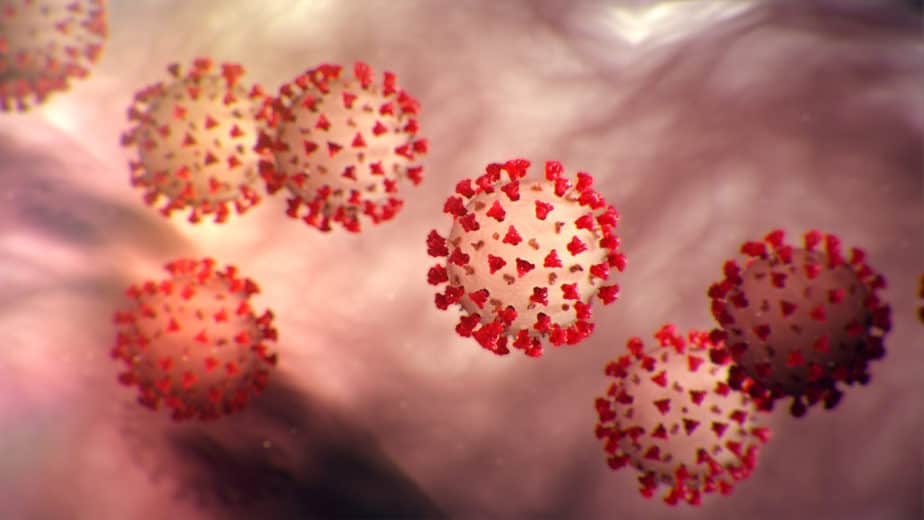Mount Sinai Health System is helping healthcare providers care for patients with COVID-19 and using a new remote monitoring platform for those recovering at home.
Originally developed for stroke patients by co-directors of Mount Sinai’s Precision Recovery platform, Christopher Kellner, MD and David Putrino, PhD, this new platform can monitor the patients’ symptoms and adjust care as necessary – including sending the patient to the hospital if symptoms worsen.
When the COVID-19 outbreak began, the doctors quickly repurposed the platform to address the large number of patients with confirmed or suspected COVID-19 whose symptoms were not severe enough to need hospitalization.
As of last week, this updated version has already enrolled hundreds of patients.
“Technology has a massive role to play in this major health care crisis,” said Dr. Kellner. “And with remote monitoring of COVID-19, we can save hospital resources for the patients who need them most, but also quickly triage patients if and when they begin to show more severe symptoms while they are being monitored at home.”
If a patient is feeling COVID-19 symptoms, they can enroll in the program by a Mount Sinai Health System physician or by texting “Precision Recovery” to (332) 312-9130 and a Mount Sinai provider from the Precision Recovery team will contact them to setup an online video chat.
As part of the on-boarding, the patient downloads a daily symptom tracking application called MyCap, which is completed via smart device to help the team track symptoms of the virus, such as body temperature, cough, breathing levels, and body aches.
“At the same time, we can also continue to provide vulnerable patients with excellent routine care, keep them out of the hospital, and shield them from additional exposure to the virus. We are saving lives,” Putrino added.
If a health care provider on the team sees concerning data during the home monitoring, the provider can enlist one of the Mount Sinai doctors on the team to have an online video chat with the patient. If necessary, they can organize an emergency medical team for mobilization to a hospital.

